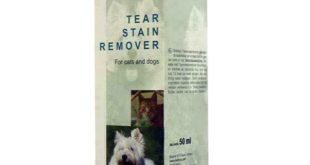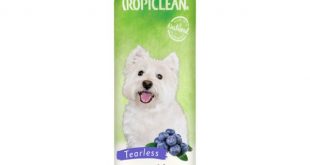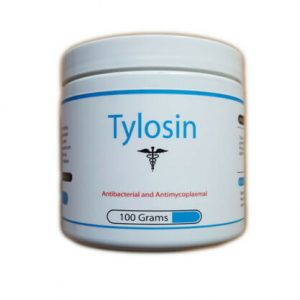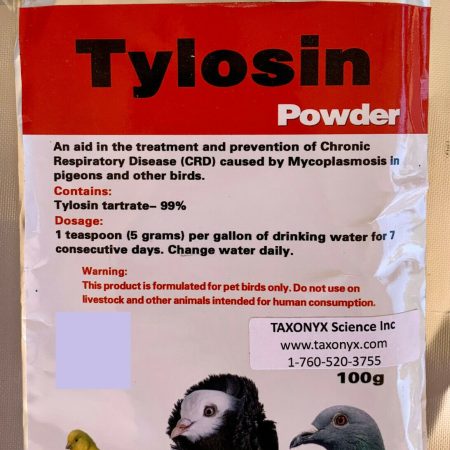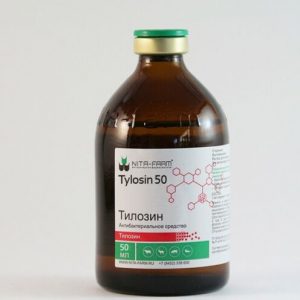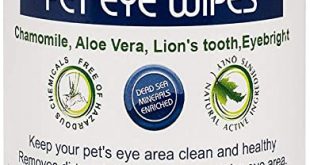Tear stains have led to many beautiful dogs developing rather unsightly look. It is more obvious in Dog breeds with white fur such as Maltese and Bichon Frise among others. That once shining coat now looks dirty and discolored. The good news is that Tear stains can be treated! Tylosin Powder still remains the most effective means that we know of for treating tear stains but some people have had luck with other remedies. One such remedy that we will be focusing on in this article is using Filtered or Distilled Water to treat Tear stains.
-
 Tylosin Soluble Powder 100 gramsOriginal price was: $72.00.$65.00Current price is: $65.00.
Tylosin Soluble Powder 100 gramsOriginal price was: $72.00.$65.00Current price is: $65.00. -
 99% Tylosin Powder 100 GramsOriginal price was: $79.00.$75.00Current price is: $75.00.
99% Tylosin Powder 100 GramsOriginal price was: $79.00.$75.00Current price is: $75.00. -
 Tylosin 50 Injectable AntibioticOriginal price was: $65.00.$58.00Current price is: $58.00.
Tylosin 50 Injectable AntibioticOriginal price was: $65.00.$58.00Current price is: $58.00.
It is important to note that various factors contribute to tear stains on your dog including infections, your dog’s diet and the water it consumes. Your dog may need the attention of a veterinarian or if you have the know how you can treat it yourself at home. Dog owners use various treatments and methods to clear up tear stains and feeding your dog with distilled water is one of the methods. This article explores dog tear stains, what causes them how to remove them, and how you can use distilled water for tear stains removal in dogs.
What causes Dog Tear Staining?
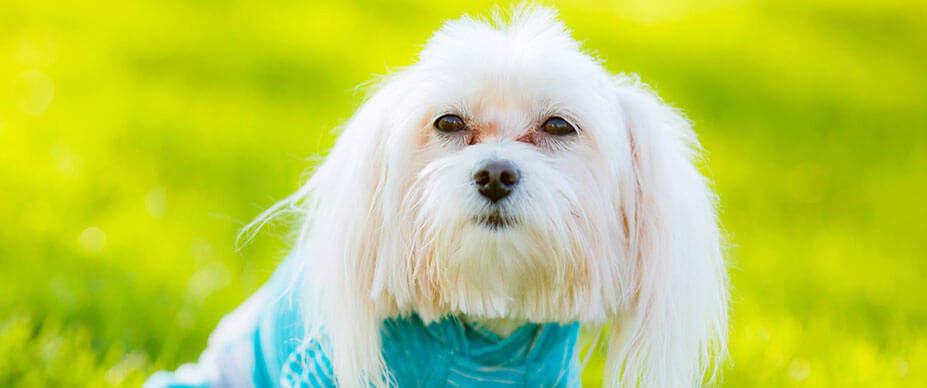
So what exactly causes Dog Tear Stains? Dog tear staining is more easily seen in pet dogs with white fur than those of a different coloration. It presents as an unsightly reddish-brown discoloration of the hairs under the eyes of dogs. The same discoloration phenomenon can be seen in the furs around the mouth and paws of dogs. In many cases, the production of too many tears from the eyes of the dog is the cause of tear staining. At other times, medical causes lead to excessive tearing. It has also been discovered that water with high mineral content is also a major contributor to dog tear stain development.
Medical Causes of Dog Tear Stains
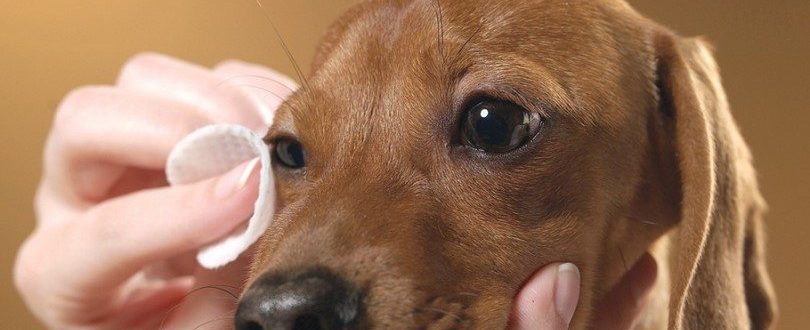
They are also medical causes for Tear staining in dogs. Some of the medical causes of dog tear staining are; dog eye infections, small or blocked tear ducts, inverted eyelids (entropion) ear infections, some medications given to the dog and systemic issues in the animal. Having prominently large eyes, glaucoma, large tear glands and ingrown eyelashes in your pet dog are also medical causes that lead to excessive tear production and staining of your dog’s beautiful fur.
Porphyrins in Dog Tears
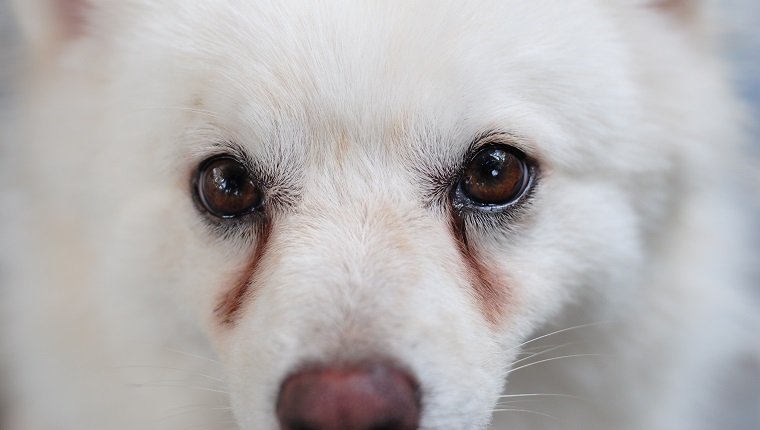
Dog tears have a constituent called porphyrin. The porphyrins are produced from the breakdown of red blood cells in the body of the dog. Release of the porphyrins in the tears of dogs is the cause of the reddish-brown discoloration identified as tear staining. It occurs when the porphyrins remain on your dog hair for an extended period of time. Exposure to sunlight causes further darkening of the stains on your dog’s hair.
Production of porphyrins in your dog can be addressed through dietary interventions. Tear stains do not occur in the eyes area only. It can be found around the mouth and paws of dogs. This is because porphyrins are released in tears, saliva, and feet pads of dogs. The release of the porphyrins through the feet pads and saliva is responsible for staining around the mouth and paws of dogs. It is addressed through cleaning, wiping dry, and removing the cause of staining.
Red Yeast Infections
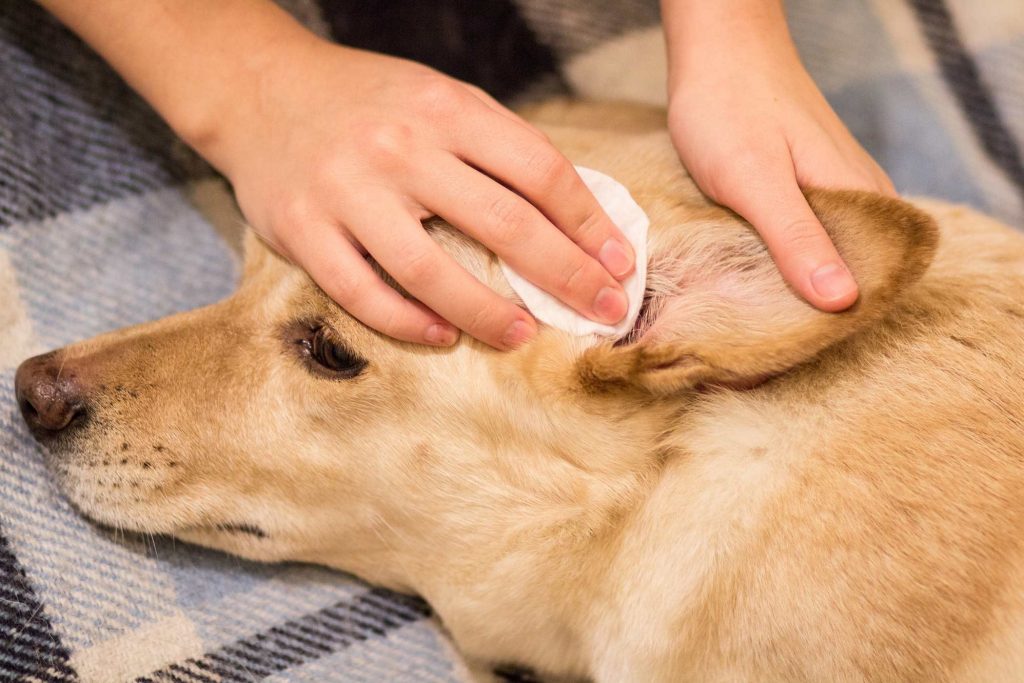
Infection of the wet area around the eyes of dogs with Pityrosporum red yeast contributes to tear staining in some cases. The wetness is a result of too much tear production. The yeast has an easy time establishing itself on the wet area. Control of tear staining accelerated by yeast infection requires you to administer antimicrobial treatments and ensure that the area around the eyes of your dog remains dry. Infection with yeast in the area of your dog’s eye can gives off a distinct foul odor on your pet dog.
Factors that Contribute to Tear Stain Development
Environmental factors can trigger or contribute to tear staining. Stress, changes in humidity, high winds, irritants, plastic water/food bowls, allergies, teething, having hair in the eyes, the type of food, second-hand smoke, allergens, smog, and hormonal changes can also cause excessive tearing and dog tear staining.
Temporary exposure to one or more of these factors results in staining that may or may not clear away when the causative factor, stressor, or agent is removed. If the cause of your dog staining is persistent, your efforts to clear the staining may not work, or only work for a short while.
Tear Stains Removal Using Filtered or Distilled water
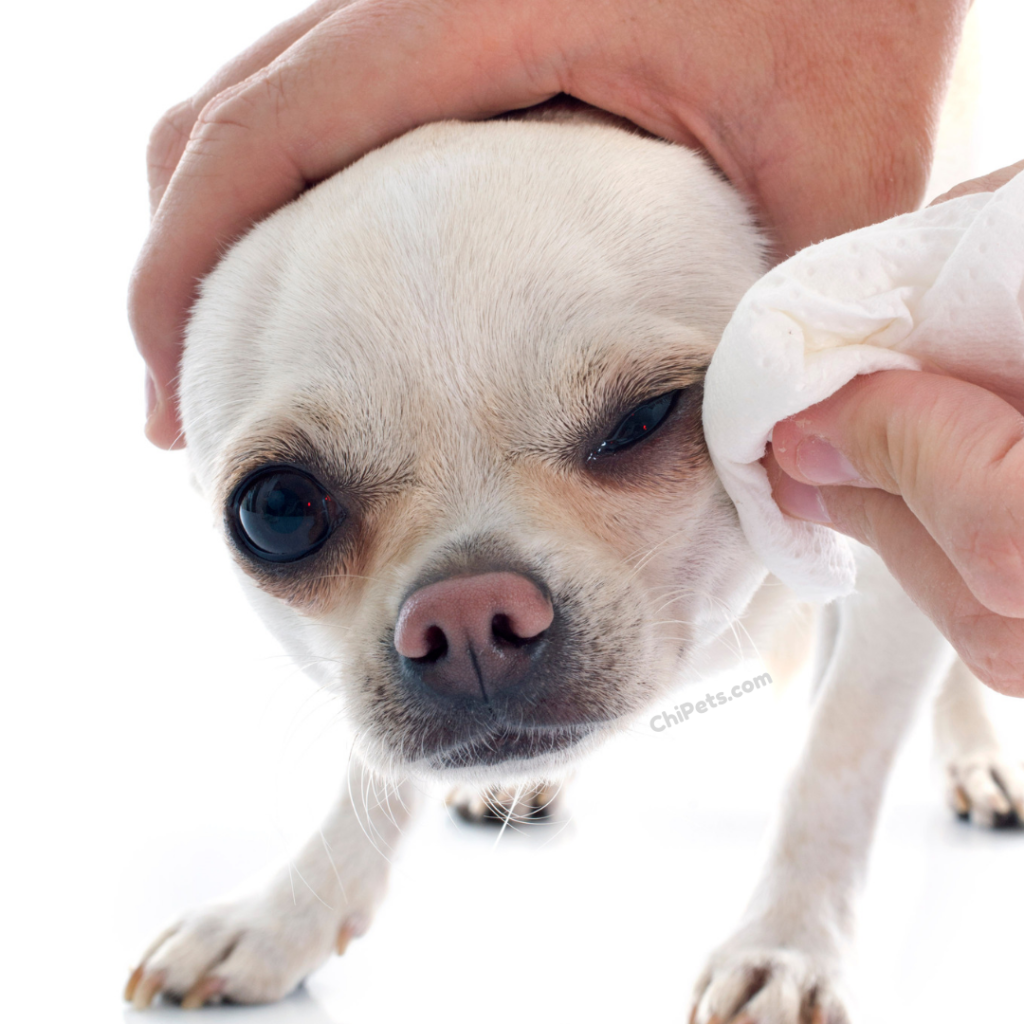
So lets get to the meat of the matter! Feeding your pet dog with tap water is one of the reasons you might see tear staining. Tap water has a high amount of minerals per unit volume. The presence of these minerals in tap water varies by geographical region, source of the water, and your water supplier.
To prevent tap water tear stains in dogs, they should be fed with alternative types of water. Filtered or Distilled drinking water is great for their needs and long-term health. It works well with dogs and in some cases, it clears tear stains quickly. You may also use some distilled water to clean the stained fur for a few days. Keep in mind that your focus is on drying up the area with the tear stain.
Distilled water tear stain removal works by reducing the amount of minerals that are taken into the dog’s body through drinking water. Low mineral loads in the body of the dog have the effect on lowering the breakdown of red blood cells and the release of porphyrins responsible for dog tear staining. It is a tear stain control method that works well alone and even when applied alongside other stain control measures.
Other Ways of Removing Tear Stains
Feeding distilled water to your dog may not work in clearing all the staining it has on its fur. There are other ways you can try to address the tear stains. Use the following tricks in addition to feeding the dog distilled water;
- Keeping the facial hair of your dog clean and dry is great for speeding up distilled water tear stain removal. It requires you to tend to the facial area of the dog 2-3 times a day.
- Do not use commercial liquid products to clean the face of your dog.
- When cleaning, use a flea comb to remove debris from the eyes for your dog so that the dog does not keep producing tears from the eyes.
- Rubbing some cornstarch and boric acid mix into the area of the tear stain helps keep the area dry and clears the stain over time.
Conclusion
Tear stains discolor hair on dogs. These stains are reddish-brown in color. Dietary and environmental factors contribute to tear stains emergence in dogs. To remove the stains, dog owners must properly identify the cause or causes of the staining and deal with it. Feeding your dog distilled water is one of the methods you have at your disposal to clear tear stains. Distilled water tear stain control is a long-term method. Apply it alongside other methods of getting the hair of your dog back to its pristine white color.
 Total Pooch Dog Supplements, Tear Stain Removers, De-wormers, Tylosin for Dogs and other great products.
Total Pooch Dog Supplements, Tear Stain Removers, De-wormers, Tylosin for Dogs and other great products.
